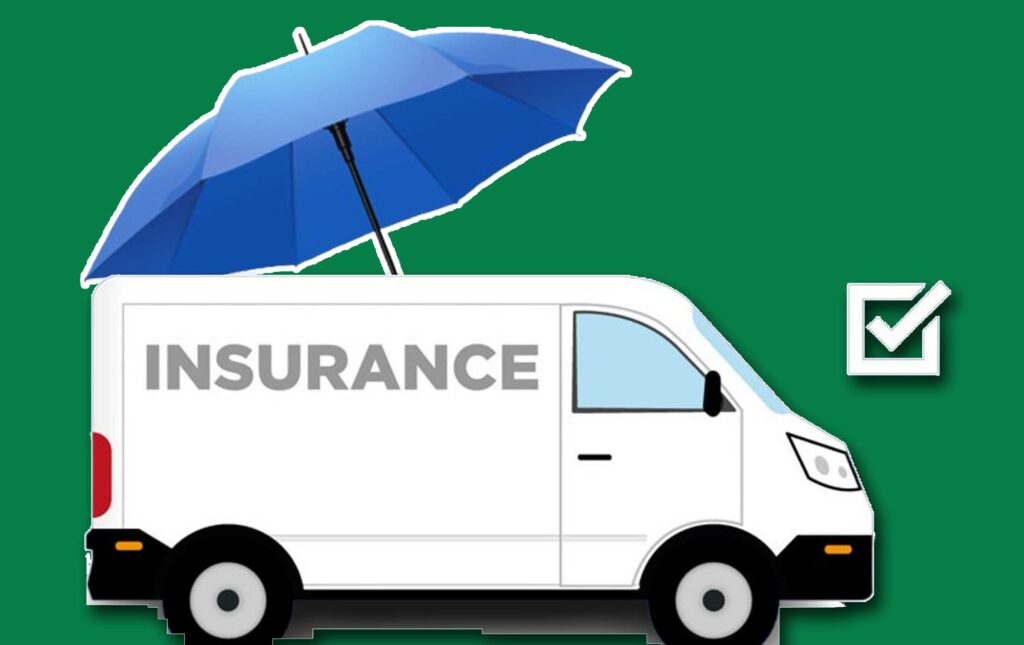How to Insure a Van You Live In – Living in a van often referred to as van life has become a growing trend for people seeking freedom, travel, and simplicity. Whether you’re a full-time traveler, a digital nomad, or someone embracing a minimalist lifestyle, your van isn’t just a vehicle it’s your home. And just like any home or car, it needs the right insurance coverage.

However, insuring a van you live in is a bit more complicated than standard auto insurance. That’s because your van serves two purposes: it’s both your mode of transportation and your living space. This guide explains everything you need to know about how to insure your van You Live In properly so you can stay protected on and off the road.
Understanding Van Life Insurance
Traditional car insurance covers vehicles that are used for driving, not for living. If you’ve converted your van into a living space with a bed, kitchenette, and storage then standard coverage likely won’t be enough. In this case, you’ll need a policy that recognizes your van as a camper van or motorhome.
Van life insurance combines aspects of auto insurance and home insurance to cover both your vehicle and the belongings inside. The type of policy you need depends on how your van is registered and how it’s used. For example, if your van is registered as an RV, you’ll need RV insurance. If it’s still considered a standard van, you may need to modify your coverage to include personal effects and custom equipment.
How to Insure a Van You Live In
So below is a step by step guideline on how to Insure a Van You Live In
Step 1: Determine How Your Van Is Classified
Before you can insure your van, you must know how it’s legally classified. Insurance companies categorize vehicles based on their intended use:
- Standard Van: If you use your van primarily for driving and only occasionally sleep in it, it may still qualify for standard auto insurance.
- Converted Camper Van: If you’ve made permanent modifications (like installing a bed, kitchen, or plumbing), your van may qualify as a Class B RV. You’ll need to update your vehicle registration and apply for specialized RV insurance.
- Commercial Van: If you use your van for business or delivery purposes in addition to living in it, you’ll likely need a commercial policy.
Getting the classification right is crucial because it affects your eligibility for coverage and what the insurer will pay for if an accident or loss occurs.
Step 2: Choose the Right Type of Coverage
Once you know how your van is classified, the next step is choosing the right insurance policy. Here are the main types of coverage to consider:
Auto or RV Insurance:
This provides liability coverage in case you cause injury or property damage while driving. It also includes collision and comprehensive coverage to protect your van from accidents, theft, or natural disasters.
Personal Belongings Coverage:
Since you live in your van, you likely have valuable personal items such as electronics, clothes, and cooking equipment. Some insurers offer add-ons to protect these belongings from theft or damage.
Full-Timer’s Coverage:
If you live in your van year-round, full-timer’s insurance functions like homeowners or renters insurance. It includes liability protection for injuries that happen in or around your van, as well as coverage for your possessions.
Roadside Assistance:
Breakdowns can happen anytime, especially when you’re constantly on the move. Roadside assistance covers towing, fuel delivery, flat tire repair, and more essential for van lifers.
Custom Equipment Coverage:
If you’ve installed solar panels, cabinets, or built-in appliances, this coverage protects your modifications. Without it, those upgrades might not be covered under standard auto insurance.
Step 3: Gather the Necessary Documentation
Insurance companies will want to know the exact details of your van and its modifications. Be prepared to provide:
- Photos of the van’s interior and exterior
- Receipts for renovations or custom installations
- Proof of ownership and registration
- A list of valuable items kept in the van
If your van is self-converted, you may need to submit detailed documentation showing how it meets RV safety and livability standards.
Step 4: Compare Quotes from Multiple Insurers
Not all insurance companies are van-life friendly. Some may not offer coverage for self-converted vans or may charge high premiums. That’s why it’s important to compare quotes from different providers.
Look for insurers that specialize in RV or van conversion coverage. Companies like Progressive, State Farm, and Good Sam often have flexible options for full-time van lifers. It’s also helpful to work with an independent insurance agent who understands both RV and auto insurance they can help you find a policy tailored to your unique setup.
Step 5: Consider Additional Protection
Besides traditional insurance, you might also want to explore additional protections:
- Health Insurance: Since you’re likely traveling, make sure your health insurance provides nationwide coverage or consider supplemental travel insurance.
- Umbrella Insurance: This adds extra liability protection beyond your standard policy limits useful if you interact with people while camping or parking in public areas.
- Storage Coverage: If you occasionally store your van for long periods, some insurers offer reduced rates during non-use periods.
Step 6: Keep Your Policy Updated
Van life often means constant change new routes, upgrades, and lifestyle adjustments. Make sure to update your insurance whenever you modify your van, change where you park or register it, or travel to new states for extended periods. Keeping your insurer informed ensures you stay covered under all circumstances.
Common Mistakes to Avoid
Many van lifers make the mistake of assuming that a standard car insurance policy will cover them completely it usually doesn’t. Others underinsure their belongings or fail to disclose modifications, which can lead to denied claims. Always be transparent with your insurer about how you use your van. It’s better to pay a little more upfront than face financial loss after an accident.
Final Thoughts
Living in a van is about freedom and adventure but that freedom comes with responsibility. Insuring your van home properly ensures that your travels remain safe, legal, and stress-free.
The right insurance policy protects not just your vehicle but your way of life. Whether you’re parked by the beach, camping in the mountains, or driving across the country, having comprehensive van life insurance gives you peace of mind knowing that your home on wheels is covered no matter where the road takes you.
By taking the time to understand your options, compare policies, and choose coverage that fits your unique needs, you can enjoy the beauty of van life while staying fully protected every mile of the way.



